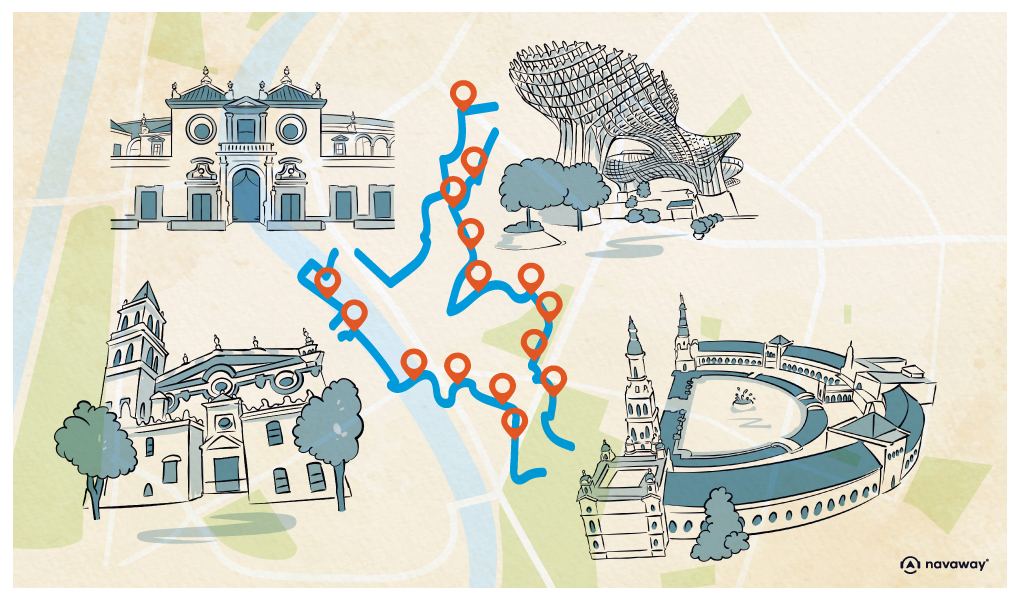
The Royal Tobacco Factory
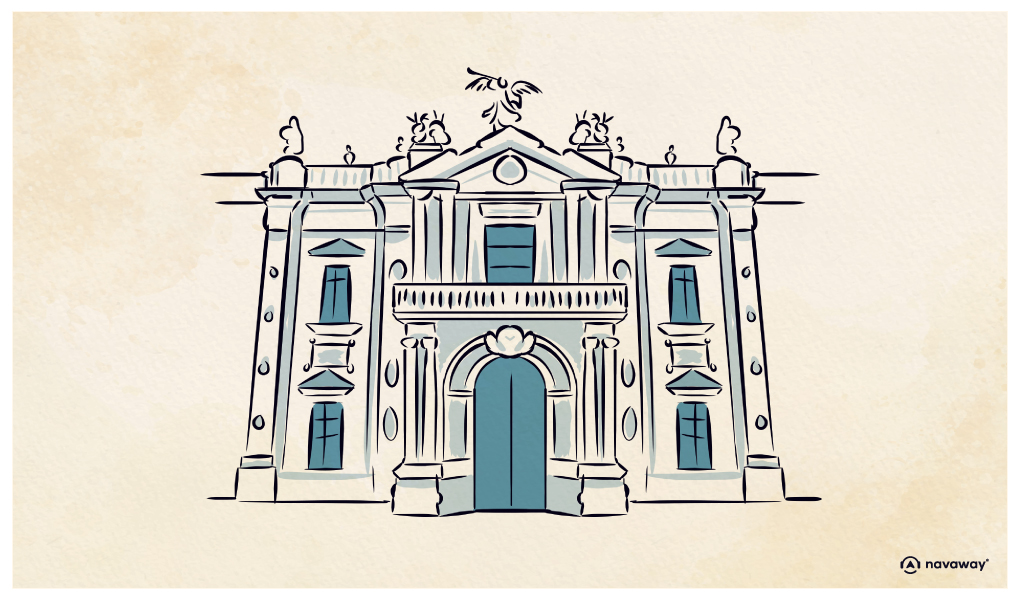
This point of interest is available as audio on the tour: Visit Seville, The Princess of the Guadalquivir
The Royal Tobacco Factory is another of Seville’s landmark buildings. The New World brought more to Europe than just gold—it also introduced a curious new plant: tobacco. Originally used as an ornament, tobacco’s rise began in the mid-16th century when the Spanish king’s physician promoted it as a miracle remedy. In France, Catherine de’ Medici used it to relieve her son’s migraines. By the 17th century, tobacco production was booming in Seville, and in 1757, this vast neoclassical building was inaugurated as the city’s main tobacco factory. The raw tobacco, arriving from overseas colonies, was dried, ground, aged, and processed here. In the early 19th century, the factory began employing women to hand-roll cigars. Their numbers grew quickly, reaching into the thousands by 1880. The most famous of these cigar workers? A woman named Carmen, who would go on to inspire both a novella and one of the world’s most beloved operas. Legend has it that Carmen rolled cigars between her thighs. The factory was more than a workplace—it was a whole world of its own. Since women worked here, there were nurseries for their children, as well as an in-house court. At its height, the factory had 116 tobacco grinders and stables filled with 400 mules used in the production process. Eventually, the industry faded out in the early 20th century with the rise of modernisation and automation. Today, this building is part of the University of Seville. Feel free to step inside – the patios and interior galleries are beautiful, and entry is free.


Discover Seville with app
An interactive guide through the most beautiful streets, squares, and districts
28 fun audioguides full of historical facts, anecdotes, and legends
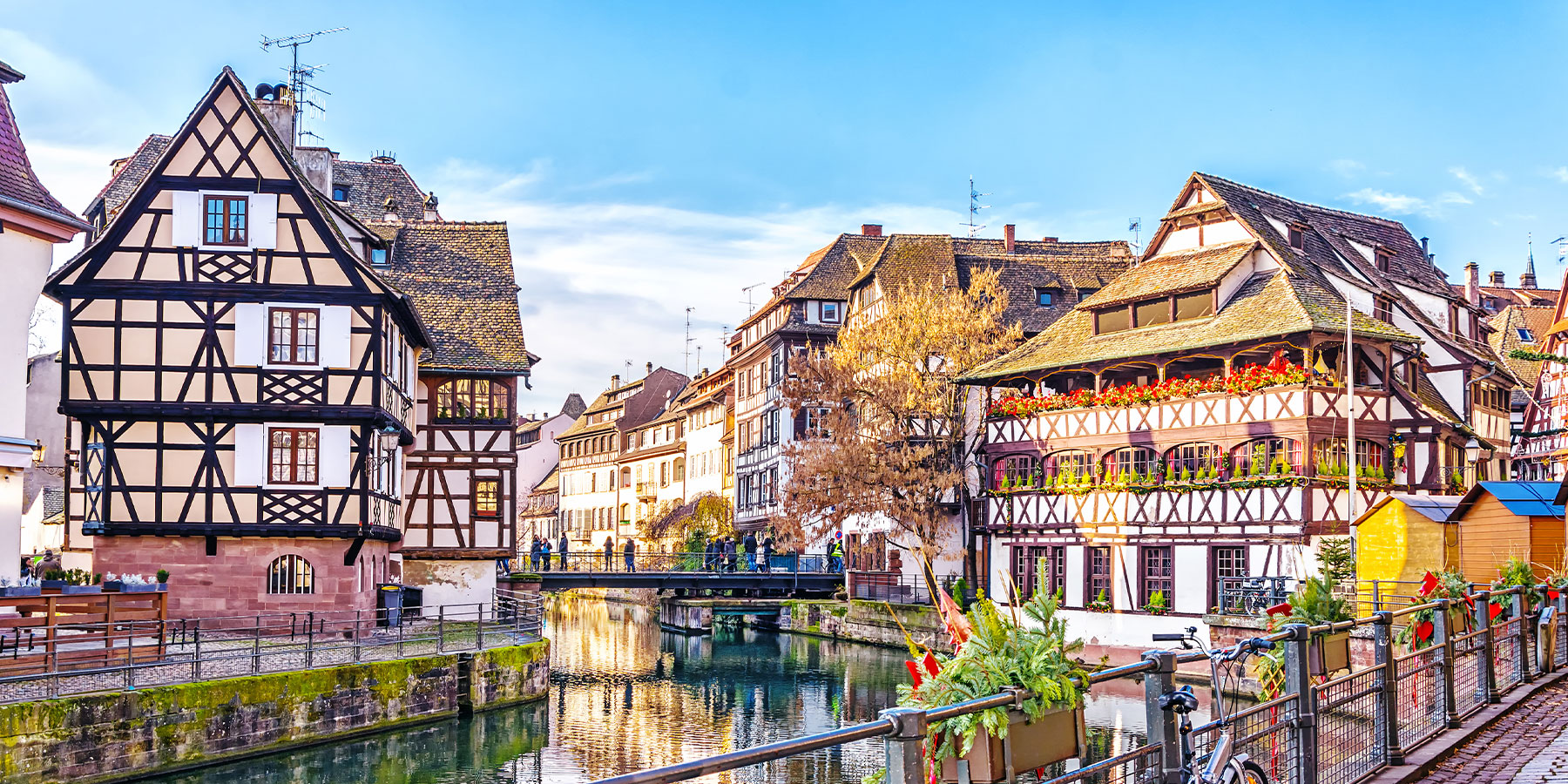
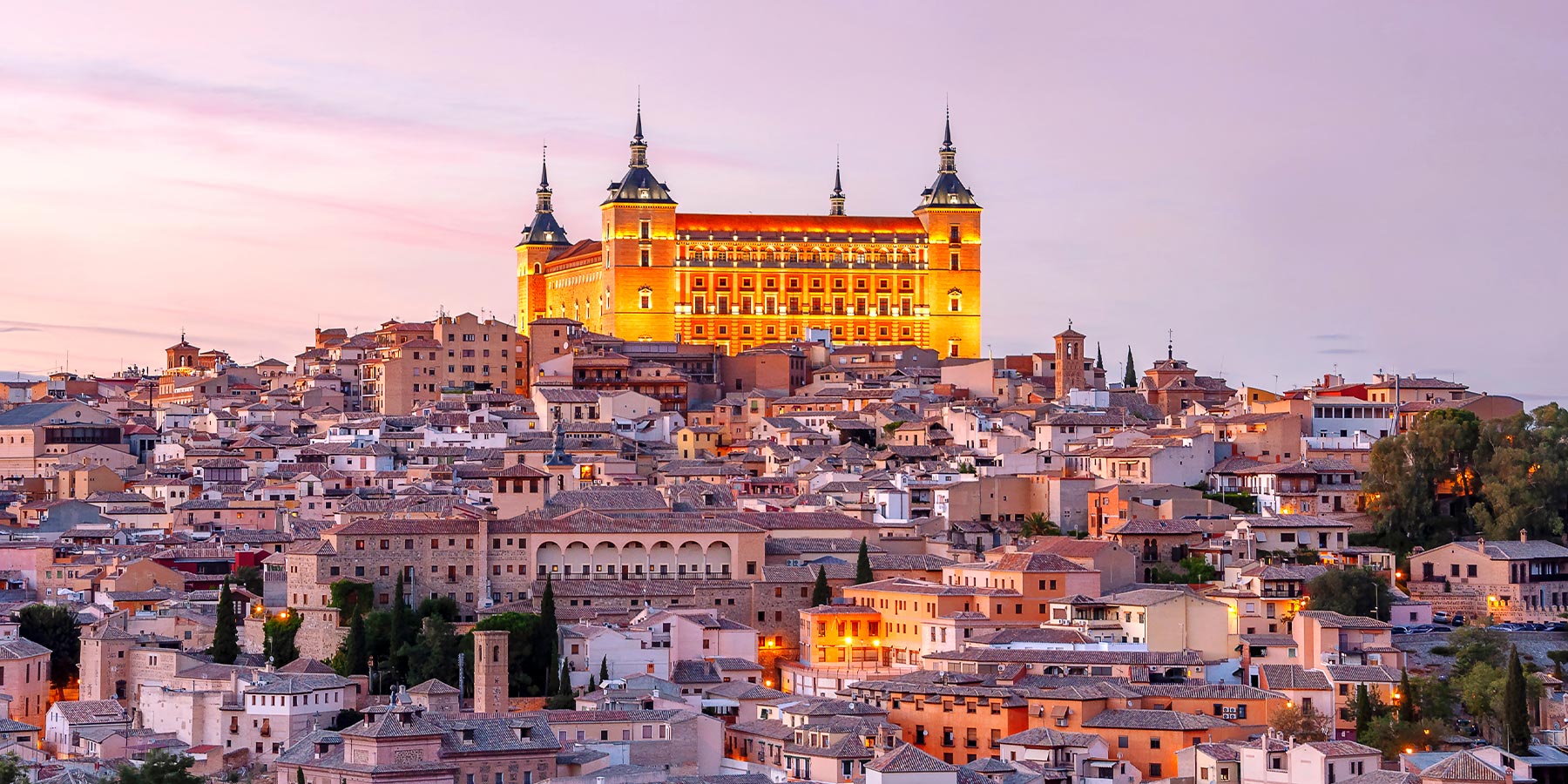
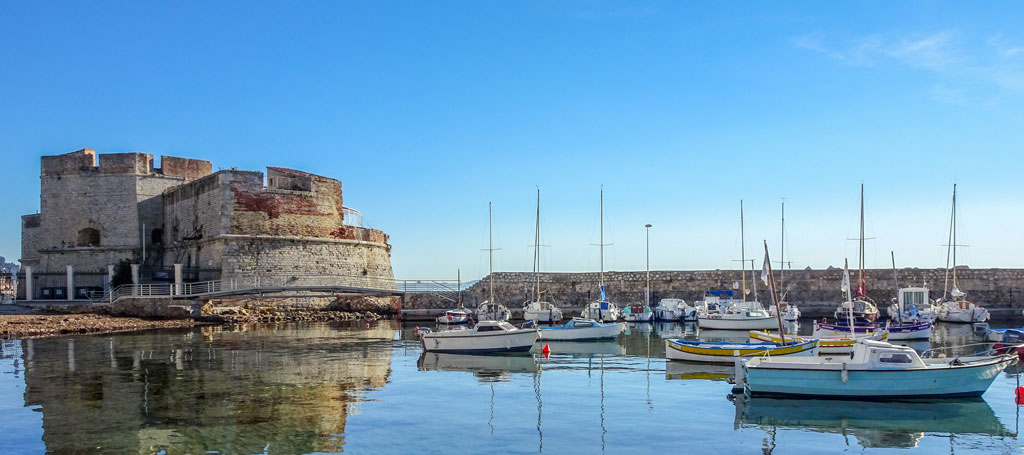


Comments